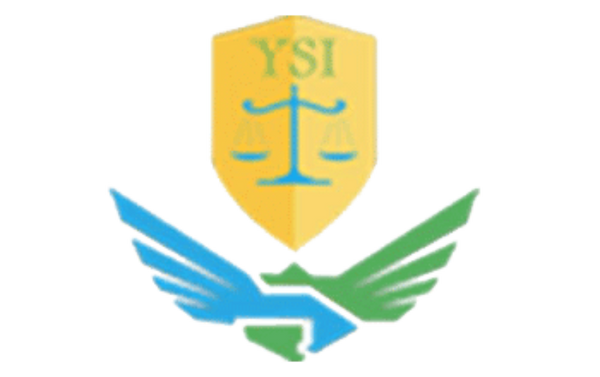
Mexico NOM Inspection Certification Full Process Guide - Inspection and Audit Certification Service for Warehousing and Manufacturing Facilities
The NOM certification in Mexico is a mandatory inspection and certification requirement for products entering the Mexican market. It is applicable to most industrial products sold within Mexico. This inspection and certification system ensures that products meet the safety and quality standards set by the Mexican authorities through strict inspection and factory verification procedures.
Overview of the Inspection and Certification System
Mandatory Inspection and Certification Requirements
The NOM logo is a mandatory safety symbol in Mexico.
Applicable to products such as telecommunications equipment, household appliances, and medical devices.
Both domestically produced and imported products in Mexico must undergo inspection and certification.
The certificate holder must be a representative of an importer or manufacturer within the territory of Mexico.
Authorized inspection and certification body
ANCE: Responsible for the inspection and certification of household appliances, air conditioners, lighting fixtures, etc.
NYCE: Responsible for inspection and certification of electronic products, communication equipment and data processing equipment
SECOFI: A certification management agency under the Ministry of Economy of Mexico
Inspection and certification product scope
Main controlled product categories
According to different NOM standards, the inspection and certification scope covers:
NOM-001-SCFI-1993
Broadcasting and television receiving equipment, audio amplifiers
Microwave oven, monitor, power supply equipment
Electronic musical instruments, video game equipment
Household electronic devices and accessories
NOM-016-SCFI-1993
Office and teaching electronic equipment
Printers, calculators, cash registers
Fax equipment, electronic data storage devices
NOM-019-SCFI-1998
Data processing equipment and peripheral devices
Computers, servers, network equipment
Digital cameras, medical diagnostic equipment
Emerging technology products
NOM-058-SCFI-1999
Various fluorescent lamp ballasts
High-pressure sodium vapor lamp ballast
Metal additive lamp ballast
NOM-032-ENER-2013
Digital TV adapter, printer
Microwave ovens, audio and video equipment
Various display devices
Detailed Explanation of the Inspection and Certification Process
First Stage: Application Preparation
Determine the inspection and certification requirements
Confirm the applicable NOM standards for the product
Select the corresponding authorized inspection and certification agency
Prepare technical documents and test samples
Phase 2: Product Inspection
2. Laboratory Testing Verification
Submit samples to the recognized laboratory of SECOFI
Carry out security and performance tests
Obtain the conformity test report
Phase 3: Factory Audit
3. On-site Production Inspection
The inspection and certification agency conducts factory audits.
Evaluate the quality management system
Verify the ability to ensure production consistency
Phase 4: Certificate Issuance
4. Obtain the inspection and certification certificate
After approval, the NOM certificate will be issued.
Certificate validity period: 1 year (for regular products) or 3 years (for system audits)
Granting the use of the NOM logo
Inspection and certification document requirements
Core application documents
Product Technical Specification Manual
Circuit diagram and design documents
List of components and supplier information
Quality Management System Documents
Laboratory Test Report
Authorization Document for the Mexican Representative
Subsequent supervision and maintenance
Annual supervision requirements
During the validity period of the certificate, annual inspection is required.
Carry out regular sampling inspections and certifications for the products
Production changes require re-application for inspection and certification.
Continuous compliance supervision audit
Market supervision mechanism
The regulatory authorities of Mexico conducted market inspections.
Take enforcement actions against products without NOM certification
Establish a channel for handling consumer complaints
Importance of inspection and certification
Necessity of market access
Products that have not obtained the NOM inspection certification are prohibited from being sold in Mexico.
The customs will handle the import clearance procedures based on the inspection and certification certificate.
Violating the regulations will result in the product being detained and a fine.
Value of Quality Control
Provide an officially recognized guarantee of quality and safety
Enhance the market competitiveness of the product
Build a foundation of consumer trust
Through a thorough preparation of NOM inspection certification, including strict product inspection and adequate factory inspection preparations, enterprises can successfully obtain market access qualifications in Mexico, ensuring that their products comply with local regulations, and laying a solid foundation for entering the Mexican market.
Share this product

Mexico NOM Inspection Certification Full Process Guide - Inspection an
The mandatory inspection and certification requirements for products entering the Mexican market apply to most industrial products sold within Mexico.
